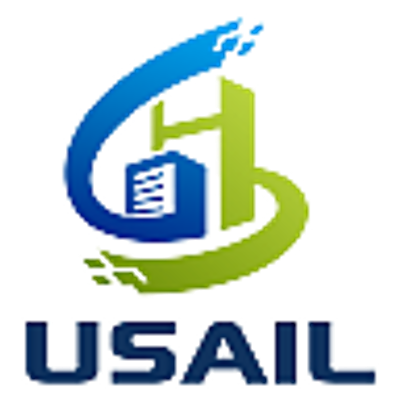Spatially and Spectrally Consistent Deep Functional Maps
Cycle consistency has long been exploited as a powerful prior for jointly optimizing maps within a collection of shapes. In this paper, we investigate its utility in the approaches of Deep Functional Maps, which are considered state-of-the-art in non-rigid shape matching. We first justify that under certain conditions, the learned maps, when represented in the spectral domain, are already cycle consistent. Furthermore, we identify the discrepancy that spectrally consistent maps are not necessarily spatially, or point-wise, consistent. In light of this, we present a novel design of unsupervised Deep Functional Maps, which effectively enforces the harmony of learned maps under the spectral and the point-wise representation. By taking advantage of cycle consistency, our framework produces state-of-the-art results in mapping shapes even under significant distortions. Beyond that, by independently estimating maps in both spectral and spatial domains, our method naturally alleviates over-fitting in network training, yielding superior generalization performance and accuracy within an array of challenging tests for both near-isometric and non-isometric datasets. Codes are available at https://github.com/rqhuang88/Spatiallyand-Spectrally-Consistent-Deep-Functional-Maps.





